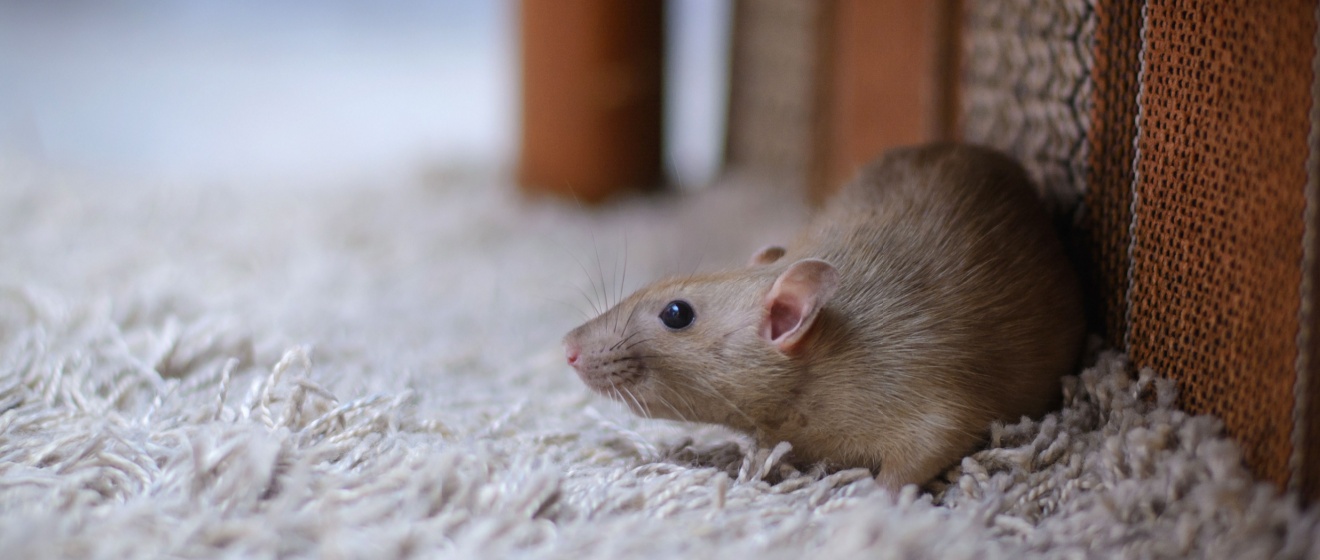Common Rat Infestation Issue in Apartment Buildings
New York City’s dense environment, combined with its century-old building infrastructure, creates an ideal setting for rodent activity. From tiny cracks to outdated trash disposal methods, apartment buildings are prime targets for mice and rats looking for food and shelter. For building managers, owners, and landlords, understanding why these infestations are so prevalent can help shape preventative strategies. If you’re dealing with persistent rodent issues, consider visiting this resource on mouse control services to explore effective solutions.
The Attractiveness of NYC Apartment Buildings for Rodents
New York’s apartment complexes, particularly older buildings, often have structural gaps, porous foundations, and hidden voids within walls. These spaces are perfect nesting spots for rodents. Moreover, the consistent availability of food—thanks to nearby restaurants, overflowing garbage bins, and residents’ kitchens—means that these buildings provide an abundant buffet for hungry pests. In the heart of Manhattan or the outer boroughs, rodents thrive on both the city’s infrastructure and the human habits that sustain them.
Shared Walls and Common Areas
Another reason apartment buildings face these issues is the sheer volume of shared walls, ceilings, and floors. Even the most well-maintained buildings can have small entry points that allow rodents to move freely between units. For building managers, this connectivity means that one infested apartment can quickly lead to a widespread problem. Property owners and managers must stay vigilant, routinely inspecting common areas such as hallways, basements, and laundry rooms for signs of rodent activity.
Inconsistent Waste Management Practices
NYC’s trash disposal system, with bags often placed directly on sidewalks, can attract rodents even before it enters the building. Once drawn to the area, mice and rats can find their way inside through cracks in masonry, damaged doors, or deteriorating window frames. Landlords who establish clear waste disposal protocols and residents who adhere to these guidelines can collectively reduce the risk of attracting rodents.
Aging Infrastructure and Limited Renovations
Many apartment buildings have outdated plumbing and electrical systems that create warm, secluded nesting areas behind walls. Additionally, older buildings may lack the strict building codes that modern constructions must follow. As a result, older complexes remain more vulnerable. Proactive building owners who invest in structural renovations and routine maintenance can significantly mitigate these vulnerabilities.
Staying Ahead of the Infestation Curve
Rodent control starts with education and prevention. Regular inspections, sealing entry points, prompt reporting of rodent sightings by tenants, and professional intervention are all crucial. Pest management professionals can provide personalized solutions, such as using tamper-proof bait stations in strategic areas and offering guidance on sanitation improvements. Building managers should consider scheduling routine inspections and implementing integrated pest management (IPM) strategies to control infestations before they escalate.
In a city that never sleeps, rodents are constantly on the lookout for their next home. NYC apartment buildings, due to their age, density, and sometimes lax waste practices, often become ideal habitats. By understanding these factors, building owners and property managers can take targeted action. When the challenge feels too overwhelming, don’t hesitate to seek expert guidance. Start by exploring the professional rodent control services here to take the first step toward keeping your property rodent-free.

